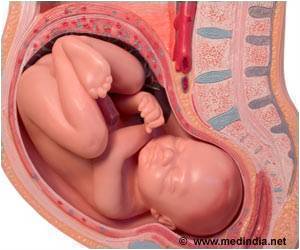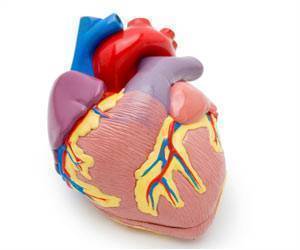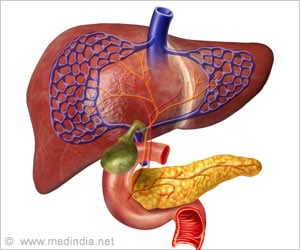Scientists develop one cent lab on a chip technology that can be used for cost effective diagnosis of diseases.
- One cent lab-on- a-chip technology has been developed by a research team from the Stanford University.
- This chip can be used for cost effective diagnosis of diseases.
- It is faster and can be used for developing effective treatments.
Lab-on-a-Chip Technology
The lab-on-a-chip technology promises to improve diagnostics and its inexpensive requirements could be a boon to developing nations. The inability to afford advanced diagnostic procedures results in -- The survival rate of breast cancer patients being only 40%, which is just half of that of developed nations.
- Diseases that are potentially fatal like HIV, tuberculosis and malaria have a high incidence rate in developing nations but patient prognosis due to delayed diagnosis.
Early Detection of Diseases
Dr. Esfandyarpour added that early detection of diseases is an important step involved in developing effective treatment strategies. He further stated that a cost of 1cent is not very significant for people who live therein developed nations but it amounts to a significant cost for many people in developing nations.Lab-on-a-Chip
The lab-on-a-chip technology involves the following simple aspects- Inkjet printing technology
- Microfluidics
- Electronics
- The first is a microfluidic chamber made of clear silicone and which consists of cells and a reusable electronic strip.
- The second part consists of a regular inkjet printer that uses readily available conductive nanoparticle ink for printing the electronic strip on a sheet of polyester.
Multifunctional Platform
The lab-on-a-chip is designed to be a multifunctional platform, which allows people to analyze different types of cells in the absence of fluorescent or magnetic tagging. The mode of action of this chip based technology is to use intrinsic electrical properties.The process begins with an application of an electronic potential across the strip printed by the inkjet, this makes the cells present in the microfluidic chamber to move to different directions based on their polarity. Since these cells are separated without any fluorescent or magnetic labels, they require less time for analysis.
Uses of the lab-on-a-chip
- It can be used to analyze small volumes of sample but for various assays.
- It can be used to separate single type of cells from a mixture of cells. This will aid in isolation of rare cells and also for counting cells that are present.
The motivation behind designing this technology was to lower the cost of diagnostics, which would make it affordable to a larger section of society. The lowered cost of gene sequencing technology allowed clinicians to analyze tumor DNA and to identify specific mutations which would allow personalized care and treatment. Similarly, the lab-on-a-chip technology can be used to diagnose cancer cells by early detection of the cells in the blood stream.
Benefits of the Technology
- The technology could potentially revolutionize health care and improve basic and applied health care.
- More number of cells can be analyzed in a shorter span
- It can be used to manipulate stem cells for gene
- It can be used to develop cheaper diagnostics for disease identification
This study is another commitment towards providing personalized medicine, based on the needs of the individual, however, at low costs.
References:
- Scientists develop 'lab on a chip' that costs one cent to make - (https://phys.org/news/2017-02-scientists-lab-chip-cent.html)











